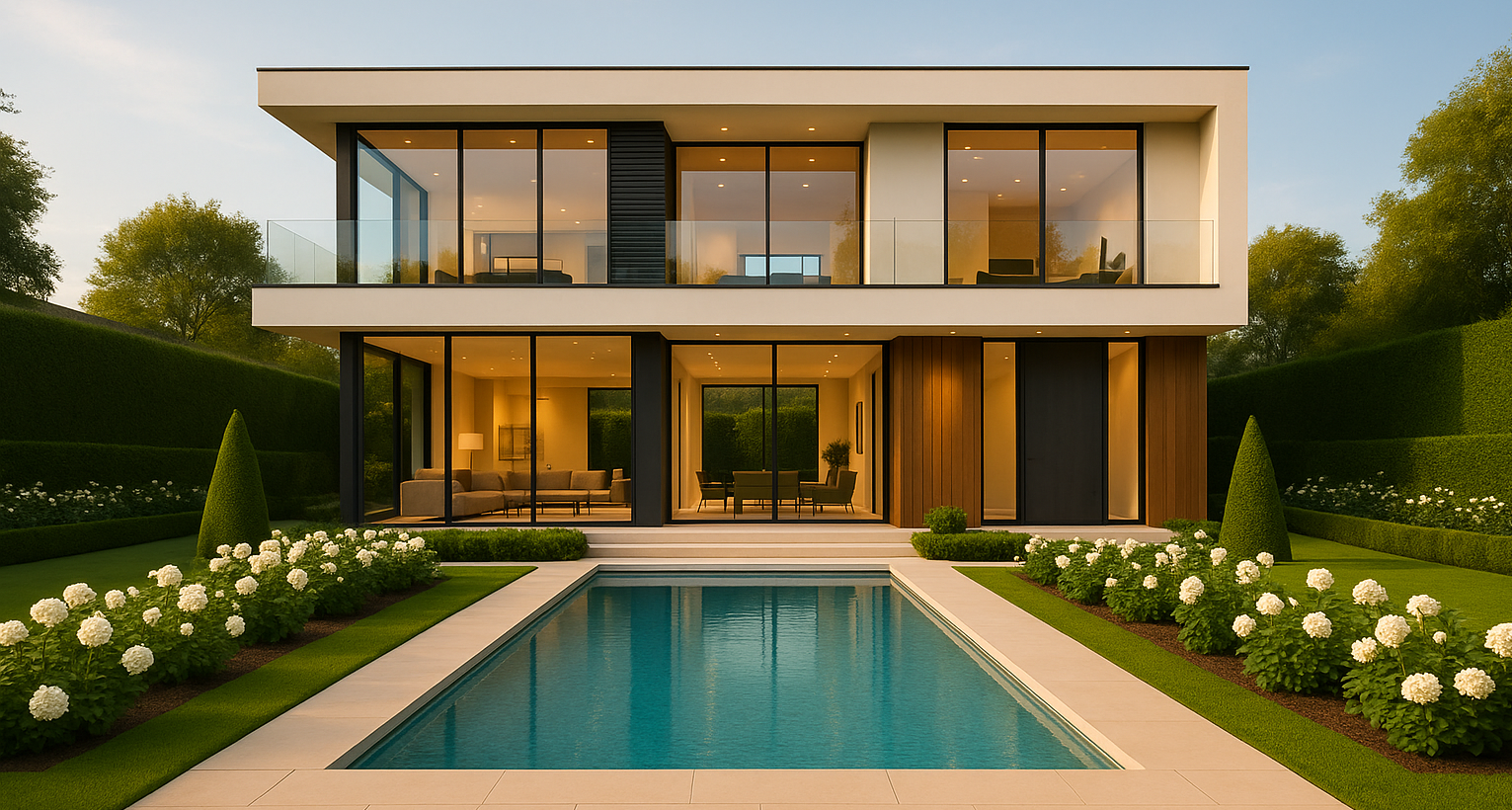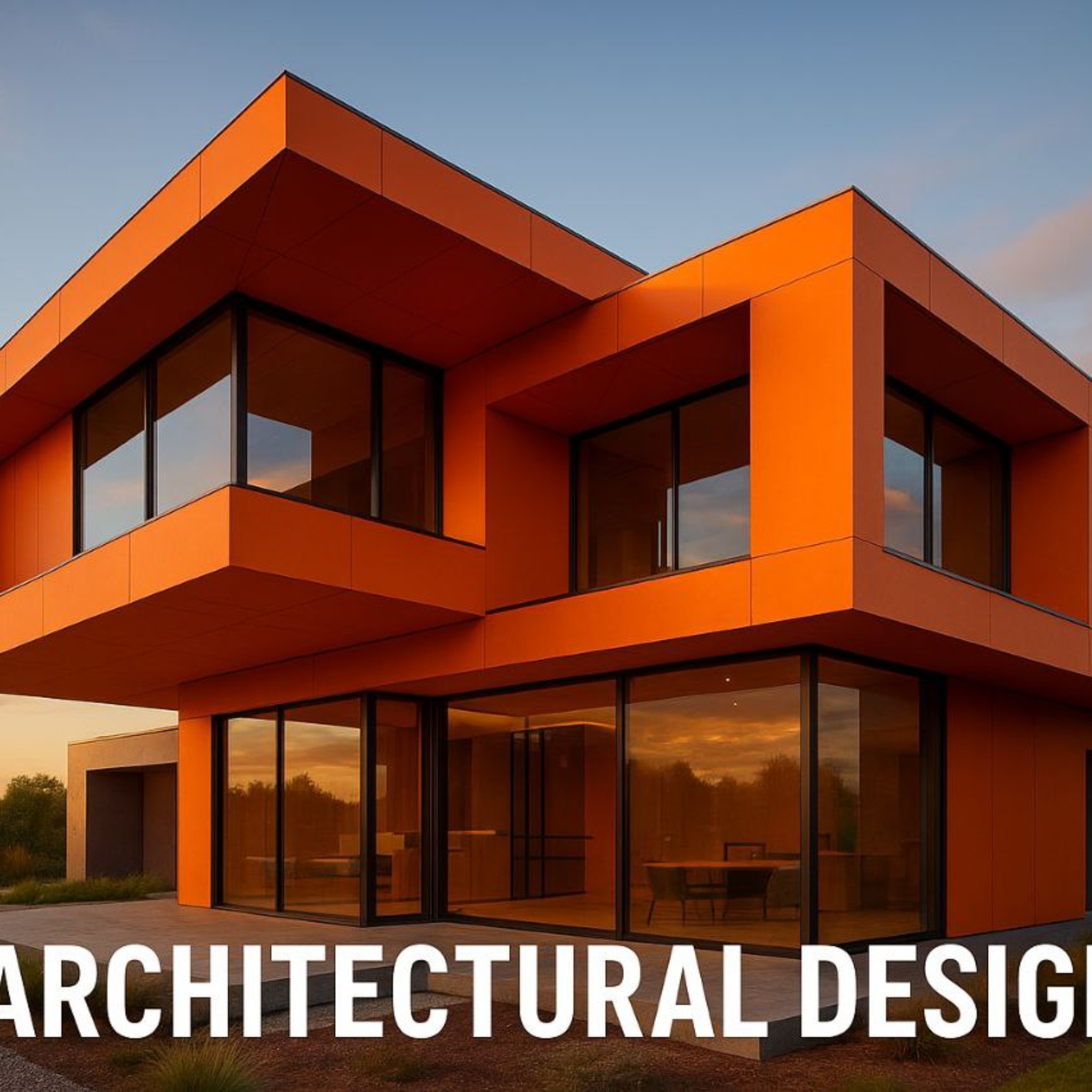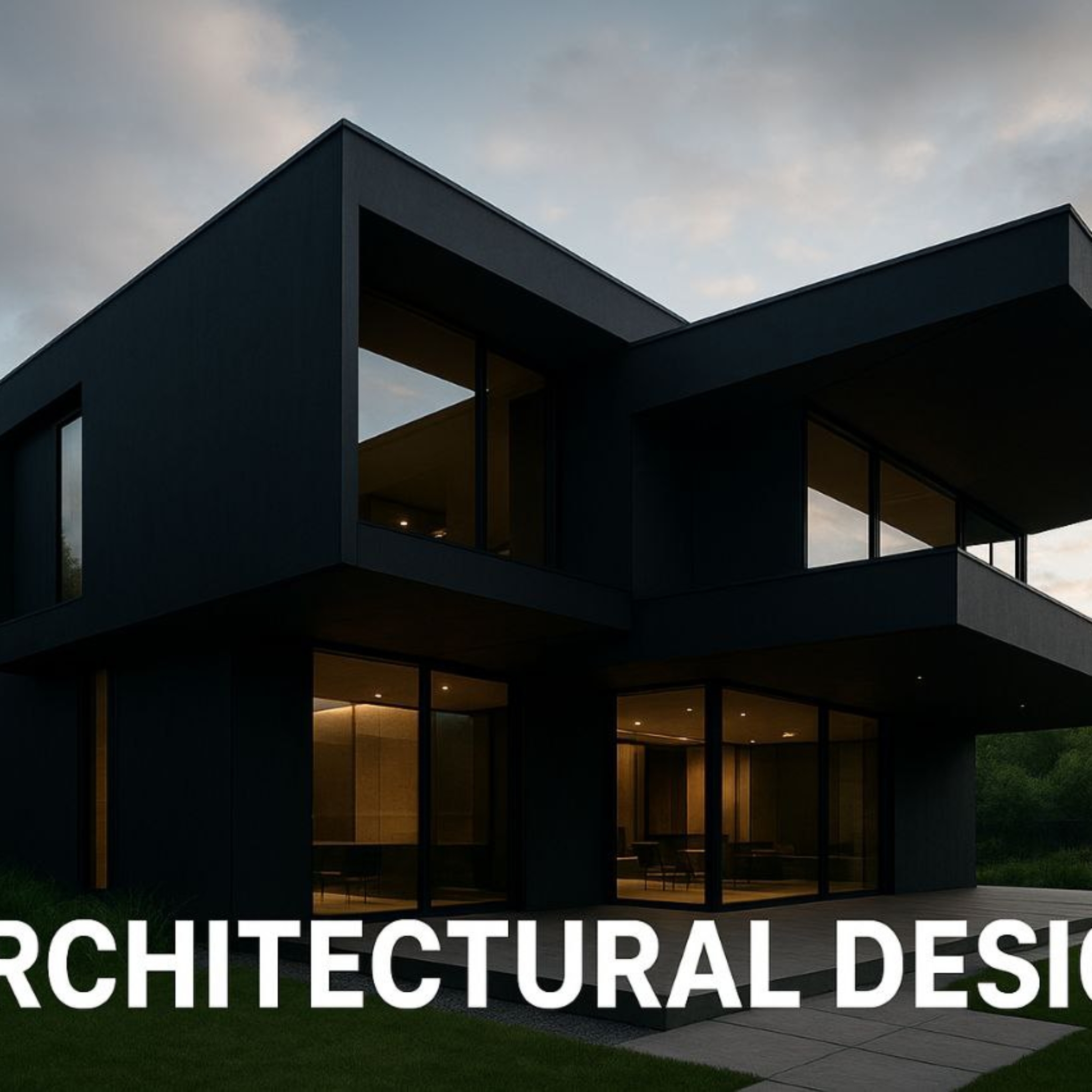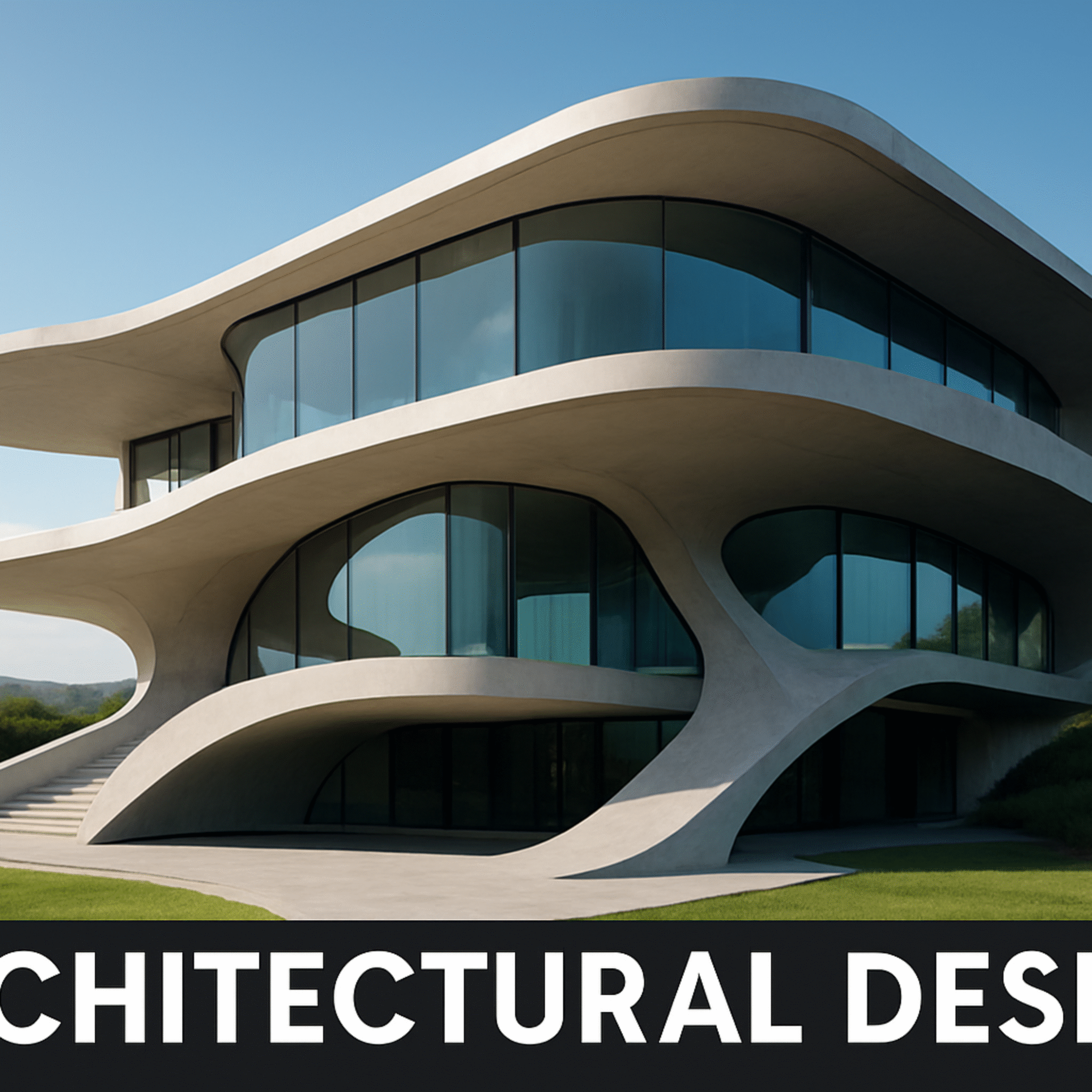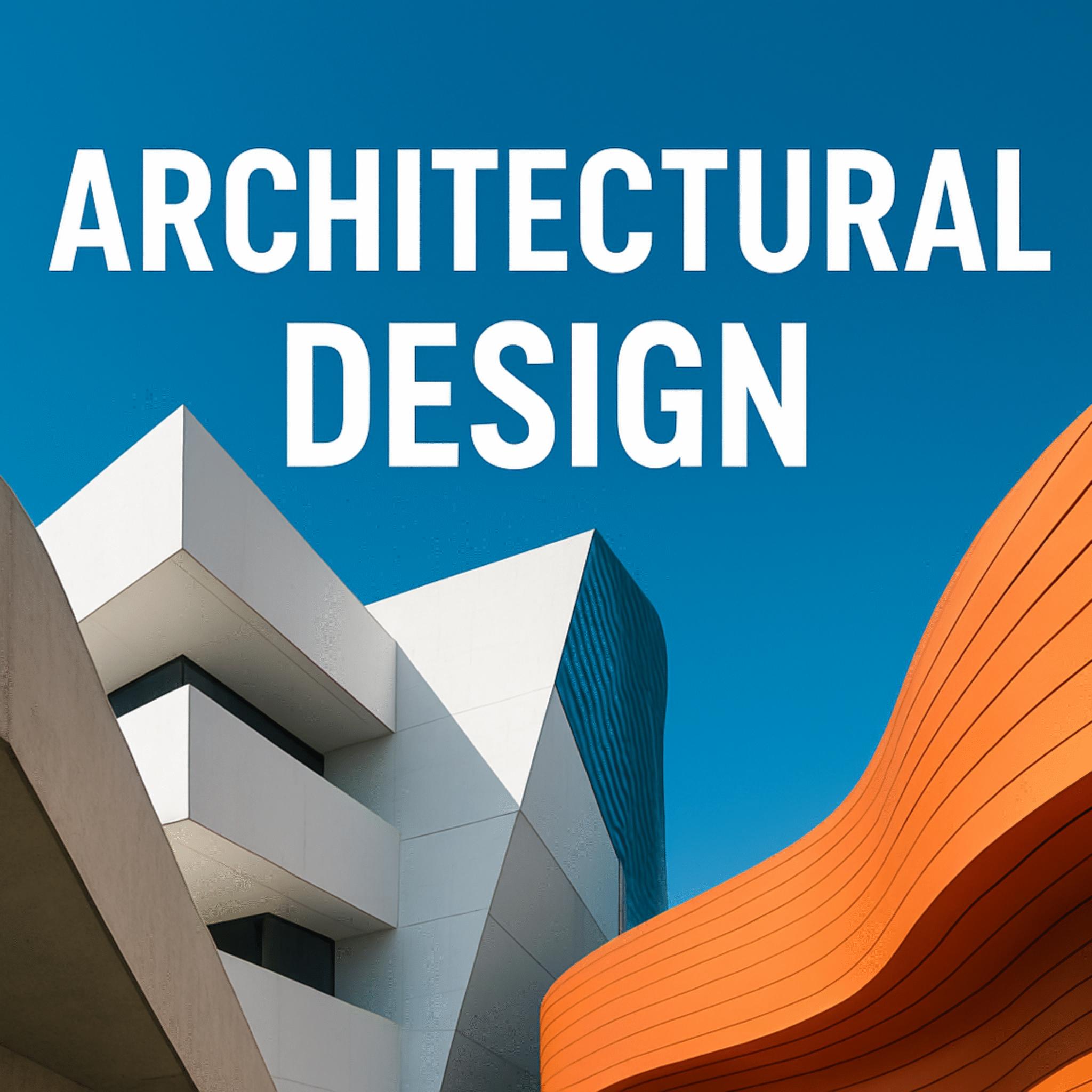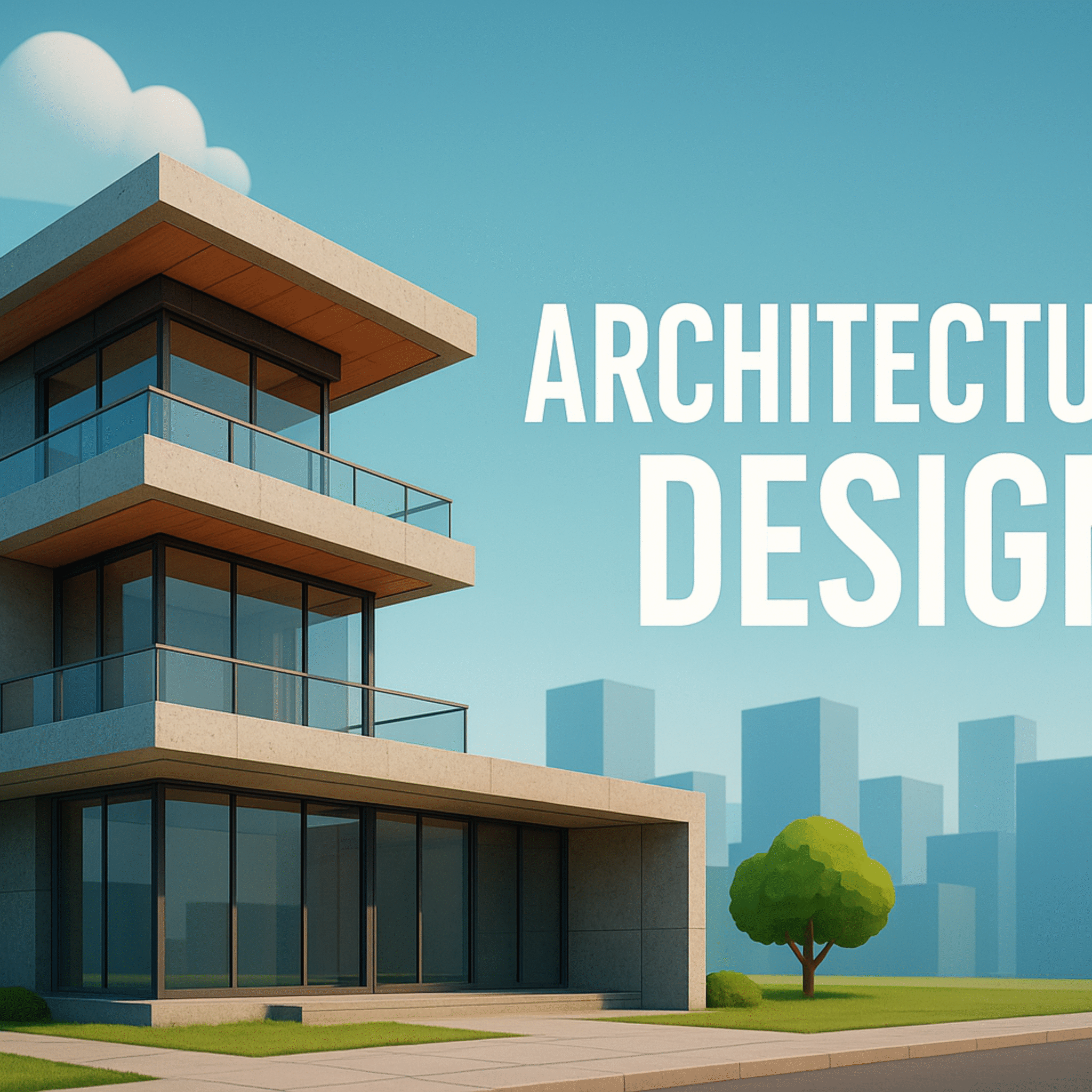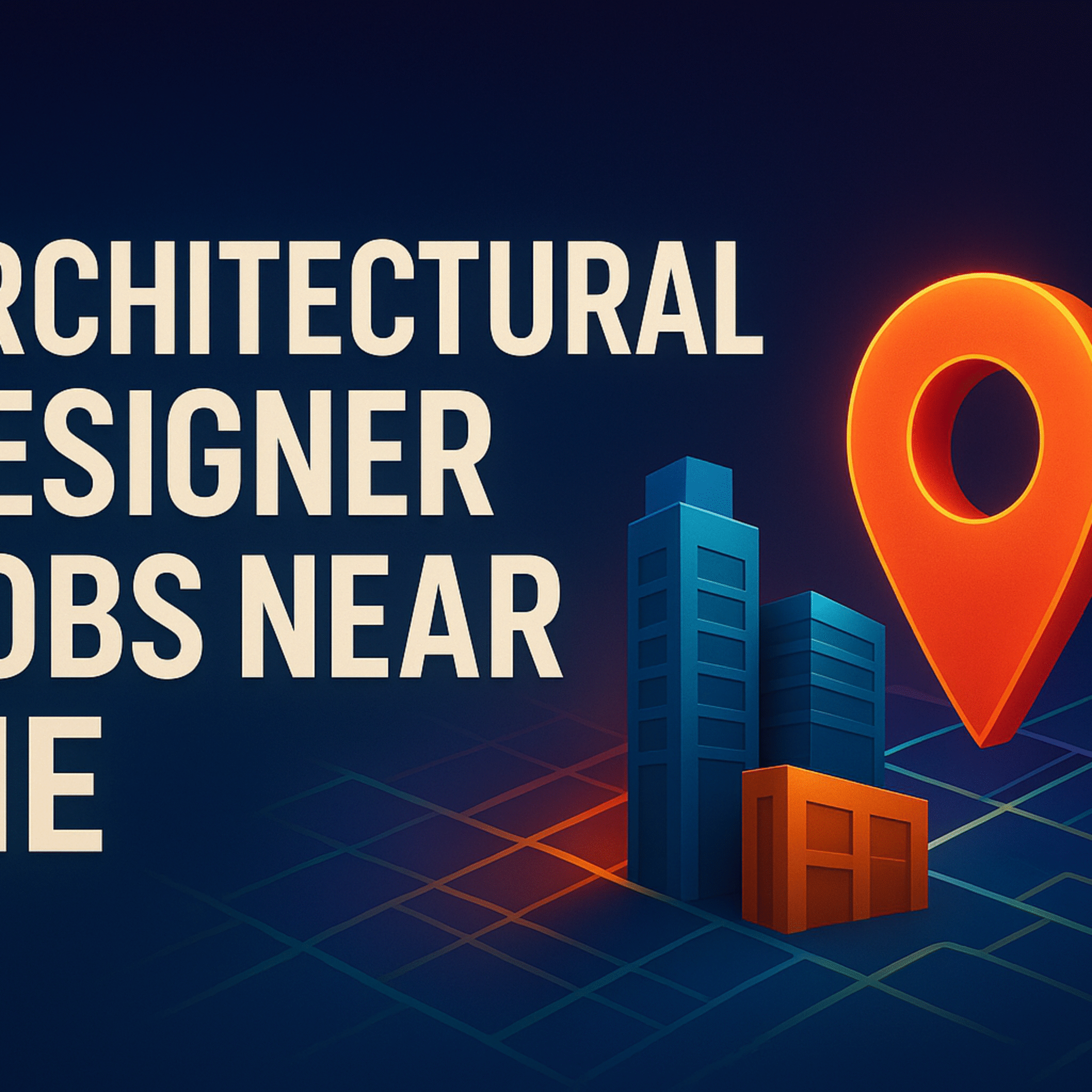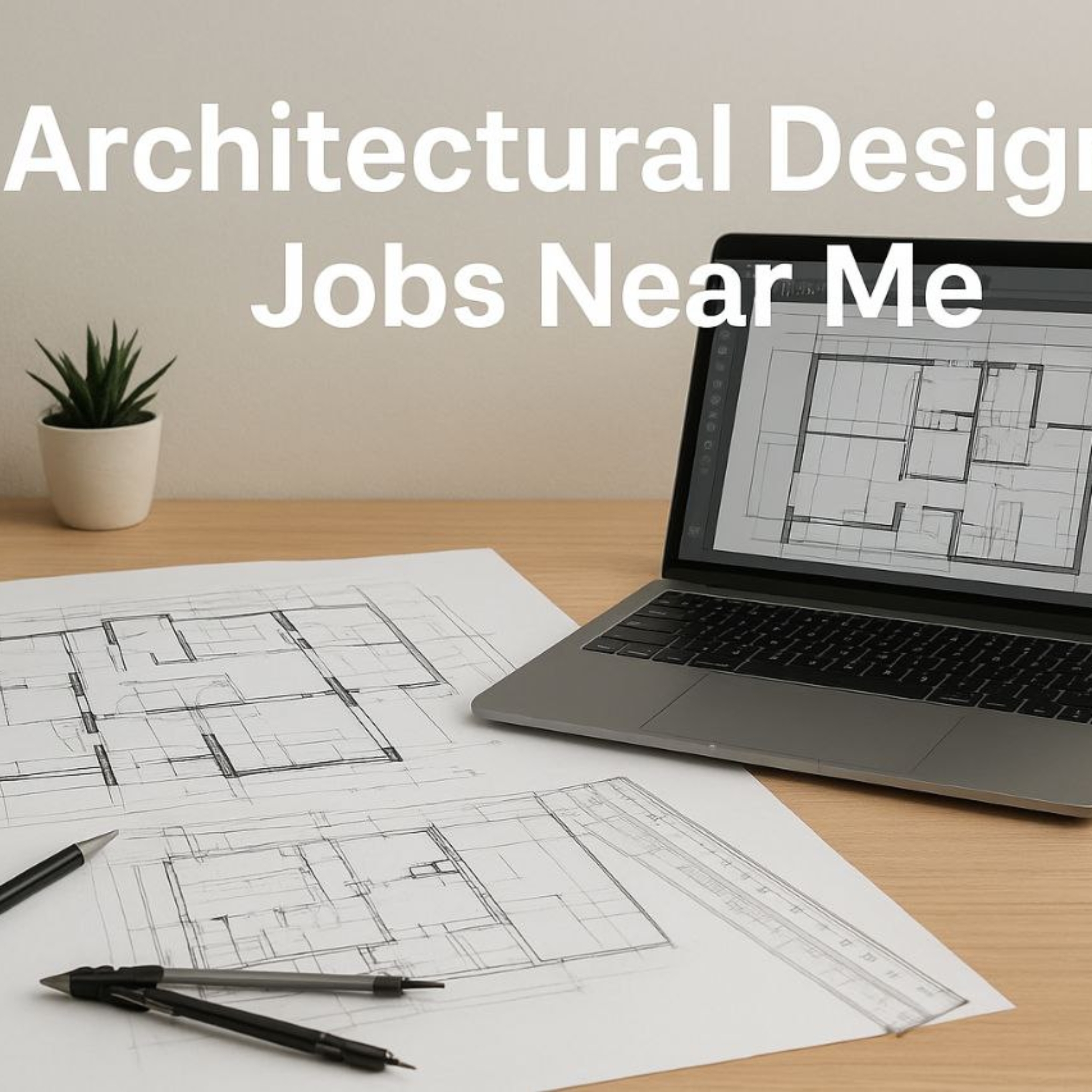architectural design
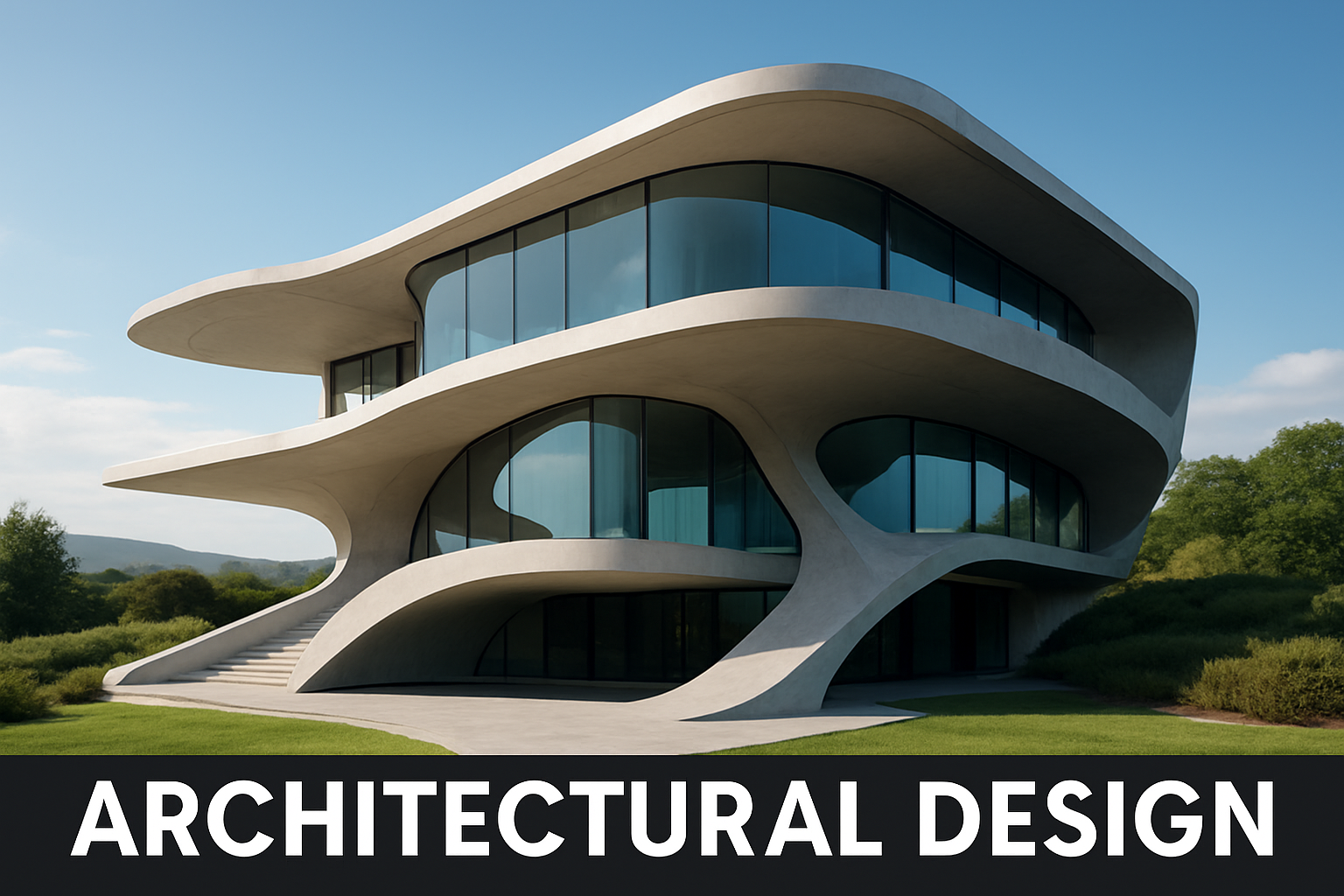
What is Architectural Design ?
Architectural design is all about creating spaces that are both functional and beautiful. It’s like giving form to ideas—taking a blank sheet of paper and turning it into a place where people can live, work, or relax. Good design considers how a building looks, how it feels inside, and how it fits into its surroundings.
Think about your favorite coffee shop. Maybe it has big windows that let in lots of sunlight, or a cozy corner with comfy chairs. That’s part of good design—making sure the space feels welcoming and suits what people want to do there. Sometimes it’s about the little details, like the way light hits a staircase or how the materials feel under your hand.
Designers often start with the purpose of a building. Is it a family home? A school? An office? Each needs different things. For a home, you want privacy and comfort. For a school, open spaces and natural light are important. An office might focus on making people feel energized and productive.
Another thing is how buildings work with their environment. For example, in hot climates, architects might design buildings with lots of shade and good airflow. In colder places, they focus on insulation and keeping warmth in. It’s about making the space work with what’s outside.
Materials also play a big role. Using brick, glass, wood, or metal changes the look and feel. Sometimes, a building stands out because of its unique shape or the way it uses color. Other times, it blends in to match the neighborhood.
Ultimately, good architecture is about creating spaces that feel right for the people who use them. It’s a mix of creativity, practicality, and understanding human behavior. And when done well, a building can become more than just a structure—it can be a part of everyday life, making things easier, more beautiful, and more inspiring.
architectural designs
Architectural designs are all about creating spaces that people can live, work, or hang out in. It’s like giving a building a personality, making it both functional and visually appealing. Some designs focus on making the most of small spaces, like tiny houses with clever storage solutions. Others go big and bold, like skyscrapers with glass facades that shimmer in the sunlight.
Think about how modern homes often mix open-plan living with lots of natural light. Large windows and sliding doors help connect indoors with outdoors, making the space feel bigger and more inviting. You might see a house with a cozy porch or a rooftop garden — small touches that make a big difference.
Design isn’t just about looks. It’s also about how people use buildings. Schools are designed to be welcoming and flexible, with open areas for group work and quiet corners for studying. Offices have evolved too; many now have open layouts with communal tables, encouraging teamwork and a relaxed vibe.
Historical architecture shows us different styles, like the elegant arches of Roman buildings or the intricate details of Victorian homes. Today, some architects experiment with eco-friendly designs, using solar panels and sustainable materials to reduce the environmental impact.
Sometimes, a building stands out because of its shape or color. Take the Guggenheim Museum in New York — its spiral shape is instantly recognizable. Or consider a small café with a bright yellow facade that draws people in from the street.
Overall, good architectural design is about balancing beauty and practicality. It’s about creating spaces that people love to be in, whether it’s a towering office or a cozy backyard shed. It’s a mix of creativity, function, and a bit of thinking outside the box.
free architectural design software
There are actually quite a few free architectural design software options out there that can help both beginners and pros whip up some cool building ideas without spending a dime. If you’ve ever wanted to try designing your dream house or just experiment with space layouts, these tools are pretty handy.
SketchUp Free is a popular choice. It’s user-friendly and works right in your browser, so no downloads needed. You can easily draw walls, add furniture, and even play around with different styles. It’s great for quick sketches or more detailed models if you’re willing to spend some time learning the ropes.
Then there’s Autodesk’s AutoCAD Web App, which offers a streamlined way to do basic 2D drafting for free. It’s not as powerful as the paid version, but it’s perfect for creating floor plans or simple architectural drawings. If you’ve ever tried making a layout for your apartment or a small project, this is a good starting point.
Sweet Home 3D is another free tool that’s pretty popular among hobbyists. It’s a downloadable program that lets you design interior spaces easily. You can drag and drop furniture, experiment with colors, and even see a 3D view of your design. Imagine planning how to set up your new living room—Sweet Home 3D makes it pretty straightforward.
For those who want something more advanced but still free, FreeCAD offers some solid 3D modeling features. It’s a bit more technical, but if you’re into detailed architectural design or want to learn CAD basics, it’s worth trying out.
Plus, there are online communities and tutorials for each of these tools, so if you get stuck, plenty of people are ready to help out. Whether you’re just doodling ideas or planning a real project, these free options make getting started easy and budget-friendly.
ai for architectural design
AI is really changing the game when it comes to architectural design. Imagine having a tool that can quickly generate different building layouts based on your ideas. Instead of spending hours on sketches, architects can use AI to come up with options in minutes. It’s like having a super-smart assistant that can handle the boring parts so designers can focus on the cool, creative stuff.
One of the coolest things about AI is how it helps with visualization. Architects can feed in their plans, and AI can create realistic 3D images or even virtual walkthroughs. This makes it easier for clients to see what the finished project will look like, even before a single brick is laid. For example, if someone is building a house and wants to see how sunlight hits different rooms at different times of the day, AI can help simulate that quickly.
AI also helps with optimizing designs. Say you’re designing a tall building and want it to be energy-efficient. AI algorithms can analyze the layout, materials, and even local weather data to suggest the most sustainable options. It can tell you where to place windows for maximum natural light or how to position solar panels for the best efficiency. This kind of smart analysis saves time and can lead to greener, more cost-effective buildings.
Another exciting part is how AI can assist with problem-solving. If there’s a tricky structural challenge, AI can suggest solutions based on thousands of other structures it has learned from. It’s like having a database of engineering wisdom at your fingertips. Plus, AI tools are getting better at learning from user feedback, so they improve over time.
But it’s not just about making work easier. AI also opens the door for more innovative designs. Architects can experiment with shapes and forms that they might have never considered before, all thanks to AI’s ability to handle complex calculations and visualizations. It’s like pushing the boundaries of what’s possible in architecture.
Of course, there are some concerns. People worry about AI replacing jobs or making designs less human-centered. But most experts see it more as a tool that complements human creativity rather than replacing it. It’s about working smarter, not harder.
Overall, AI is making architectural design faster, smarter, and more sustainable. It’s exciting to think about what future buildings will look like when designers have these powerful tools at their fingertips.
bachelor of architectural design
A Bachelor of Architectural Design is a degree that prepares you to create spaces where people live, work, and hang out. It’s not just about drawing pretty buildings; it’s about thinking through how spaces work, feel, and fit into their surroundings. If you’ve ever admired a cool coffee shop or a sleek office building, chances are someone with this degree played a part in designing it.
During the program, you’ll learn the basics of drawing, 3D modeling, and how to make your ideas real on paper or on a computer. You’ll also get to understand different materials, building codes, and how to keep buildings safe and sustainable. It’s a mix of art and science. One day, you might be sketching out a new house plan, and the next, figuring out how to make a city park more inviting.
Practical experience is a big part of it too. Many programs include internships or project work with real clients. Imagine working on a small community center, or helping design an extension for a local school. That kind of hands-on work makes all the difference. It’s a chance to see what it’s really like to turn a design idea into something people can use.
Job-wise, graduates can go into architecture firms, design studios, or even start their own business someday. Some end up focusing on interior design, landscape architecture, or urban planning. The degree isn’t just about building houses; it’s about shaping the environments around us. Whether it’s a cozy cafe or a big city skyscraper, it all starts with a good design.
So, if you love drawing, solving problems, and thinking about how spaces impact our lives, a Bachelor of Architectural Design could be a great fit. It’s a mix of creativity and technical skills, with plenty of chances to make a real impact on the world around you.
architectural designs house plans
A Bachelor of Architectural Design is a degree that prepares you to create spaces where people live, work, and hang out. It’s not just about drawing pretty buildings; it’s about thinking through how spaces work, feel, and fit into their surroundings. If you’ve ever admired a cool coffee shop or a sleek office building, chances are someone with this degree played a part in designing it.
During the program, you’ll learn the basics of drawing, 3D modeling, and how to make your ideas real on paper or on a computer. You’ll also get to understand different materials, building codes, and how to keep buildings safe and sustainable. It’s a mix of art and science. One day, you might be sketching out a new house plan, and the next, figuring out how to make a city park more inviting.
Practical experience is a big part of it too. Many programs include internships or project work with real clients. Imagine working on a small community center, or helping design an extension for a local school. That kind of hands-on work makes all the difference. It’s a chance to see what it’s really like to turn a design idea into something people can use.
Job-wise, graduates can go into architecture firms, design studios, or even start their own business someday. Some end up focusing on interior design, landscape architecture, or urban planning. The degree isn’t just about building houses; it’s about shaping the environments around us. Whether it’s a cozy cafe or a big city skyscraper, it all starts with a good design.
So, if you love drawing, solving problems, and thinking about how spaces impact our lives, a Bachelor of Architectural Design could be a great fit. It’s a mix of creativity and technical skills, with plenty of chances to make a real impact on the world around you.

